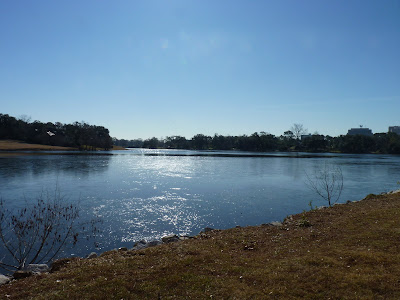Ramah Maringuoin Bald Eagle Nest from Jane Patterson on Vimeo.
First video of this year's Bald Eagle nest near Ramah & Maringuoin in south central Louisiana. The location of the nest is perfect, both for the birds and for the on-lookers. The tree stands alone in a large ag field and has visibility for miles on all sides. It can be observed from the road very well. And I think, unlike last year, the view will not be completely obscured when the tree leafs out either.
There is one chick visible in the nest. You can catch glimpses in the video as it moves around and as the parents feed it. Click on the title above to watch the video on the Vimeo.com website -- it's larger and easier to see!
This my first video of the nest, but likely not my last! Note to self: use tripod!
.JPG)
.JPG)
.jpg)
.JPG)
.JPG)
.JPG)
.JPG)
.JPG)
.JPG)
.JPG)
.JPG)
.JPG)
.JPG)
.JPG)











































